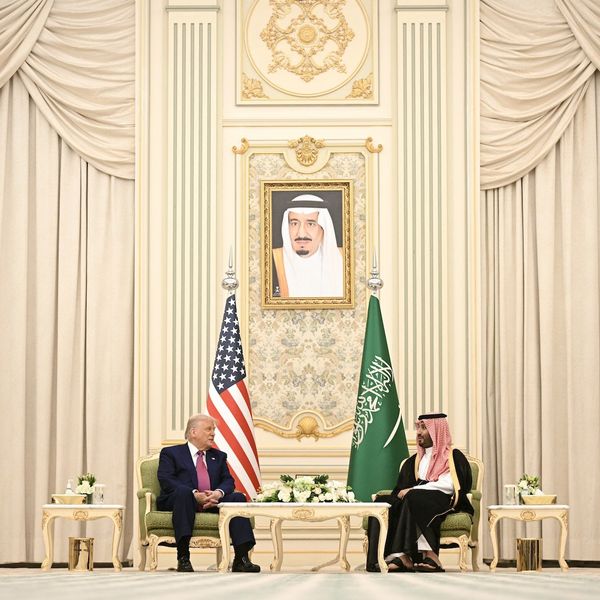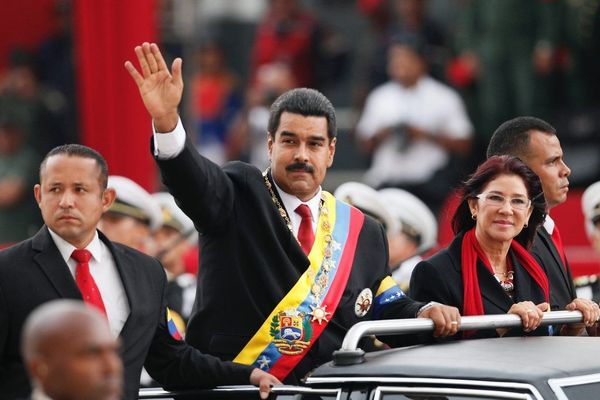Bottom-Line Up Front
- Sino-Pakistani relations are deepening on all fronts, creating a new geopolitical reality on the Indian subcontinent.
- Sino-Pakistani relations have solidified through increased military cooperation and economic engagement through the Belt and Road Initiative.
- The growing debt crisis coupled with the long-standing threat from terrorism in Pakistan, however, presents challenges to the relationship.
- India is growing concerned by the Sino-Pakistani relationship, as Delhi has long viewed it as a strategy to contain India’s rise as a regional power.
Sino-Pakistani relations are deepening on all fronts—economically, politically, and militarily—shifting the power dynamics on the Indian subcontinent. In late 2018, Beijing and Islamabad agreed to forge ahead on closer military cooperation. The agreement includes creating a new exclusive economic zone in Pakistan that will allow for a new generation of fighter jets to be developed and assembled in-country. The news is concerning to the United States, especially since Pakistan has been drifting further from Washington in recent years. In 2017, the Pentagon warned that China would continue expanding its military footprint abroad, including in Pakistan.
Pakistan is one of the most enthusiastic partners in China’s ambitious foreign policy project, the Belt and Road Initiative (BRI). So far, China has pledged more than $60 billion to the China-Pakistan Economic Trade Corridor (CPEC), which includes infrastructure projects such as highways and power plants to be built in Pakistan. Beijing has tried to reassure other nations that BRI is purely an economic policy, but the recent military agreement between China and Pakistan confirms that it can also be used to reinforce China’s military capabilities. There are also structural issues plaguing the Sino-Pakistani relationship; critics of BRI highlight the growing debt-crisis for many recipient countries. Due to a lack of transparency and diverging official reports, it remains unclear precisely what Pakistan owes to China for CPEC. Estimates range between $23 billion to $40 billion. A major concern is that with the completion of current BRI projects, coupled with incurred interests on existing debt, Pakistan’s debt to China will balloon to a point at which Pakistan cannot afford to pay it back. If Pakistan defaults on its debt payments to China, the country’s fate may follow that of Sri Lanka and Djibouti, where China confiscated ports and land areas as payment.
Another threat to the relationship stems from Pakistan’s long-standing terrorism problem. In June 2017, two Chinese nationals were kidnapped in the southwestern province of Balochistan and later executed by members of the Islamic State. In February 2018, a Chinese executive was shot and killed in Karachi. Nine months later an attack on the Chinese consulate in Karachi left four dead—all Pakistani citizens. The latter attack on the consulate was claimed by the Balochistan Liberation Army, a separatist group opposed to Chinese involvement in Pakistan. Within Pakistan, extremist organizations are gaining support due to growing anti-Chinese sentiment. Most of the workers on infrastructure projects along BRI in Pakistan are not local, but Chinese, which perpetuates the narrative that BRI only benefits corrupt leaders and foreigners. China recently demanded a ramped up domestic security commitment for Chinese nationals and projects in Pakistan and has also deployed private security contractors.
The concern about terrorism in Pakistan has substantial geopolitical consequences. The Trump administration decided to stop all economic aid to Pakistan at the beginning of 2019, in an attempt to convey the message that Pakistan authorities need to be tougher on terrorist groups. The decision had the unintended consequence of pushing Pakistan closer to China. Recent terrorist attacks in Indian-held Kashmir killed 40 Indian soldiers inflamed rhetoric on both sides, escalating an already tense relationship between the two regional nuclear-powers.
As the U.S. is retrenching in South Asia, the Sino-Pakistani relationship is forging a new regional power structure. India is growing increasingly concerned by the Sino-Pakistani relationship, as Delhi has long viewed BRI as a strategy to contain India’s rise as a regional power. Still, China’s venture in Pakistan will face numerous hurdles, and it remains to be seen whether Beijing will be able to overcome the issue of growing anti-Chinese sentiment, the Pakistani debt crisis and the long-standing domestic threat from terrorism now targeting Chinese nationals.











